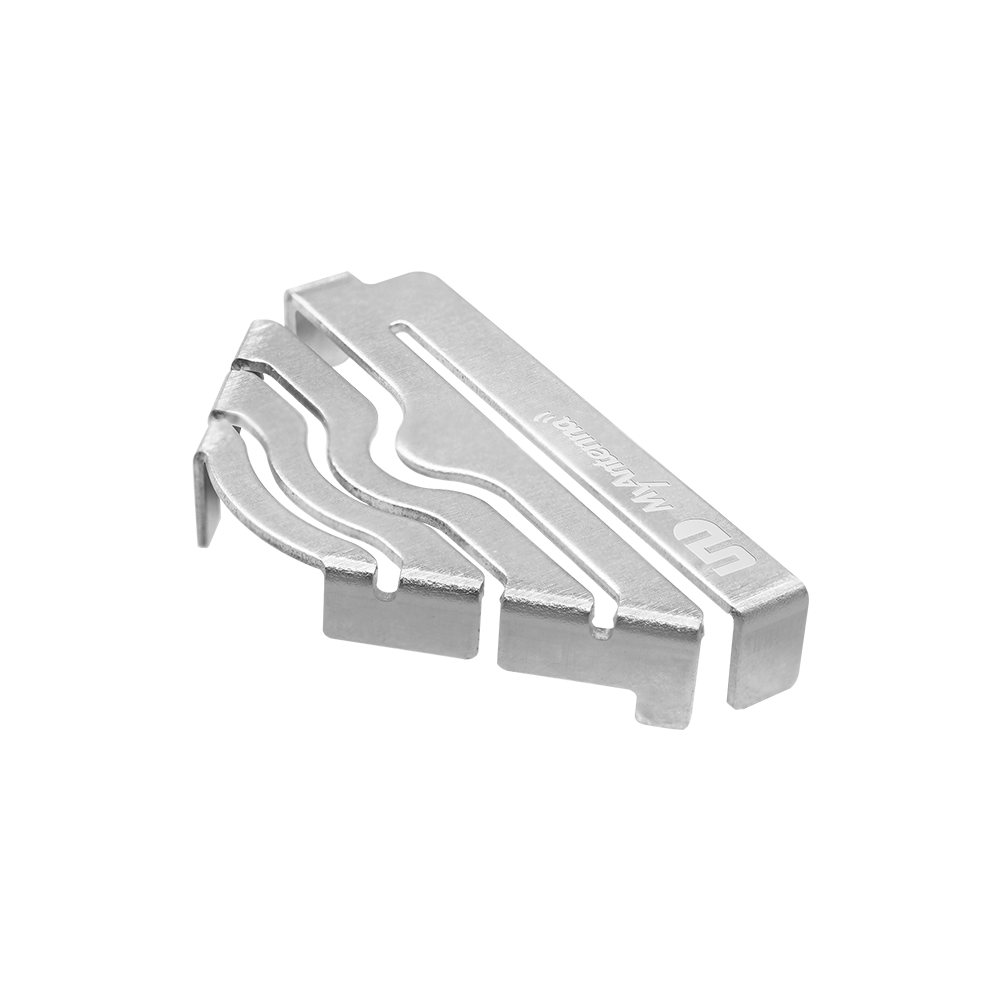The Basics of PCB Antennas: Understanding Their Design and Functionality
Cuerpo
In the realm of wireless communication, PCB antennas play a pivotal role. These antennas, designed on printed circuit boards, are integral to various devices, including smartphones, IoT devices, and other wireless technologies. Understanding their design and functionality can significantly enhance your knowledge of modern electronics.

What Are PCB Antennas?
PCB antennas are compact, lightweight antennas that are etched onto a printed circuit board. They are primarily used for transmitting and receiving radio frequency signals. But how do they work? The design of a PCB antenna typically involves a conductive trace that forms the antenna structure, which is then connected to the RF circuitry of the device. This integration allows for efficient space utilization and improved performance.
Design Considerations for PCB Antennas
When designing PCB antennas, several factors must be considered:
- Frequency Range: The operating frequency of the antenna must match the application requirements.
- Impedance Matching: Proper impedance matching is crucial to minimize signal reflection and maximize power transfer.
- Size and Shape: The physical dimensions of the antenna should be optimized for the device's form factor.
- Material Selection: The choice of substrate material can affect the antenna's performance, including gain and bandwidth.
Functionality of PCB Antennas
PCB antennas function by converting electrical energy into electromagnetic waves and vice versa. When an RF signal is applied to the antenna, it generates an electromagnetic field that propagates through space. Conversely, when an electromagnetic wave strikes the antenna, it induces a current that can be processed by the device's circuitry. This bidirectional functionality is essential for effective communication.
Applications of PCB Antennas
The versatility of PCB antennas allows them to be used in various applications, including:
- Mobile Devices: Smartphones and tablets utilize PCB antennas for cellular and Wi-Fi connectivity.
- IoT Devices: Many Internet of Things devices rely on PCB antennas for wireless communication.
- Automotive Systems: Modern vehicles use PCB antennas for GPS and vehicle-to-vehicle communication.
- Wearable Technology: Fitness trackers and smartwatches often incorporate PCB antennas for Bluetooth connectivity.
For those interested in exploring high-quality PCB antennas, you can find a variety of options at  . This collection showcases innovative designs tailored for different applications.
. This collection showcases innovative designs tailored for different applications.
Conclusion
In summary, PCB antennas are essential components in the world of wireless communication. Their design and functionality are critical for the performance of modern electronic devices. By understanding the basics of PCB antennas, you can appreciate their significance in our increasingly connected world.






Comentarios